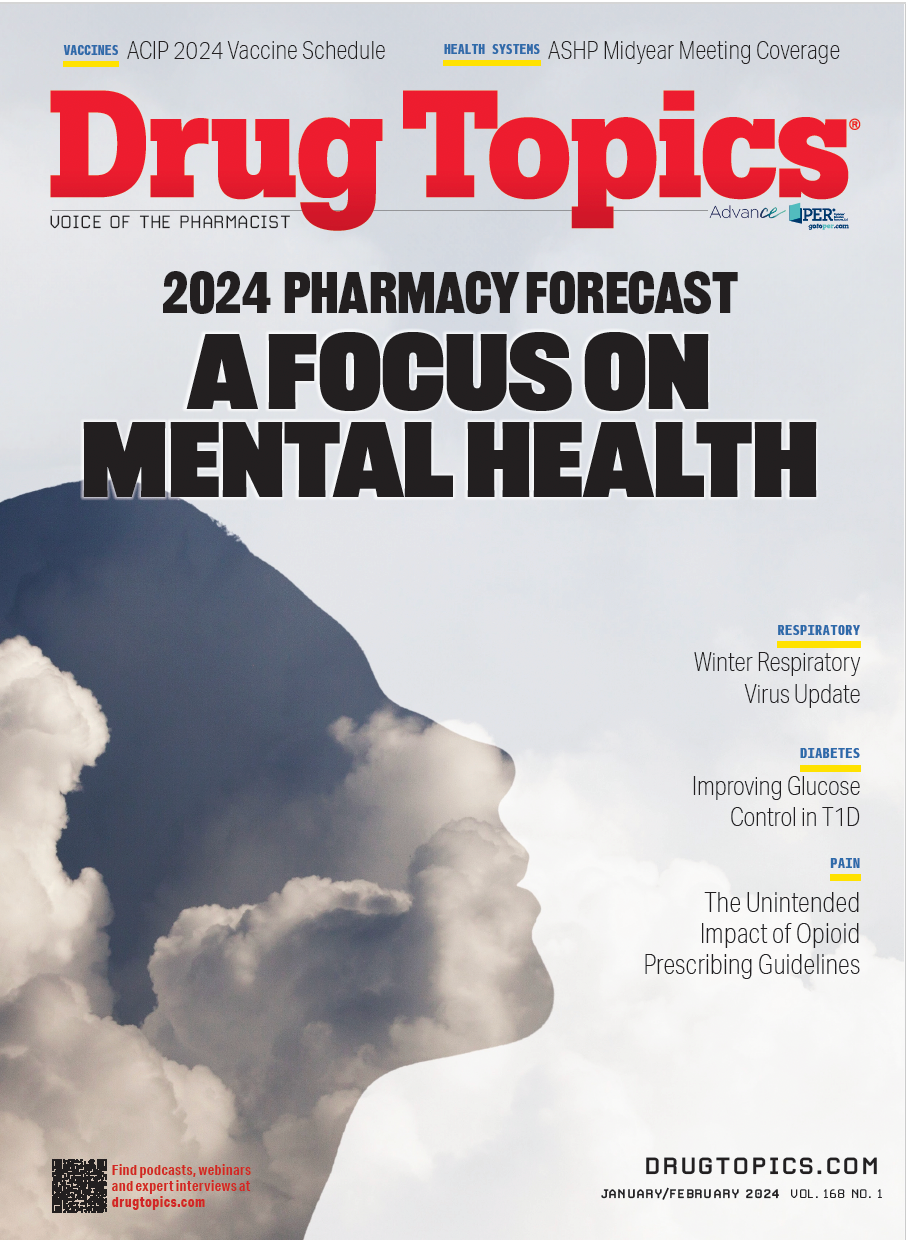Pharmacists Play Unique Role in Advancing Health Equity for Patients With Chronic Disease
A new study, outlined in a poster at ASHP Midyear 2023, identified 3 key themes associated with the ways in which pharmacists are positioned to advance health equity for patients with chronic diseases.
Pharmacists are well positioned to advance health equity for persons from racial and ethnic minority groups experiencing chronic disease, according to a poster presented at this year’s American Society of Health-System Pharmacists Midyear Clinical Meeting & Exposition.1
Three key themes emerged from the current study highlighting the ways in which pharmacists can advance health equity for patients with chronic diseases. These themes emphasized the importance of providing tailored, and culturally and linguistically appropriate, care, leveraging resources made available through established community relationships with other health care team members, and taking advantage of training to further increase learning about health equity and the obstacles that bar it.
With the help of existing literature and suggestions from 13 subject matter experts in pharmacy policy and practice, investigators selected 6 pharmacist-led programs addressing health disparities in chronic disease for examination in their research. Investigators conducted semi-structured interviews with representatives from each selected program, which spanned different geographic regions, program sizes, and approaches, to account for diverse insights.
Three national experts were also interviewed to provide their perspectives on pharmacist-led initiatives, national trends, and policies shaping such initiatives in addressing health disparities.
Nodding to the fact that nearly 90% of the US population resides within a 5-mile drive of a community pharmacy, interviewees noted how the geographic accessibility of pharmacists advantageously positions them to provide tailored care to patients. Further, the accessibility of pharmacists within communities allows the providers to better understand patient needs and address medical mistrust.
Partnering with other health care team members can also aid pharmacists in advancing health equity among patients with chronic disease, said interviewees. Health care team members like pharmacy technicians and community health workers, for instance, can facilitate advancement by referring patients to community resources that address health disparity-based needs.
Although interviewees highlighted the importance of training and resources in increasing learning among pharmacists on health equity, they also acknowledged how the application process for resources like grants can be time consuming. They further mentioned how the lack of universal pharmacist provider status across all payers acts as a barrier to achieving health equity, as it hinders pharmacists’ ability to receive reimbursement for providing services, including those provided to patients with chronic disease.
Current study findings can guide pharmacists in addressing health disparities, driven by social, economic, and environmental inequities, that disproportionately impact racial and ethnic minority groups burdened by chronic diseases.
Reference
1. Ogwuegbu J, Therrien N, Horton K, Dwyer G. Pharmacists’ role in advancing health equity for persons with chronic disease. Presented at: American Society of Health-System Pharmacists Midyear Clinical Meeting & Exhibition; December 3-7, 2023; Anaheim, CA. Poster 4-019.
